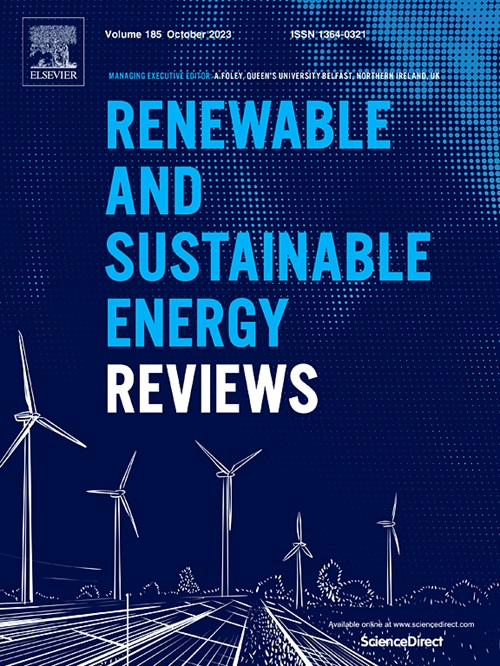Optimizing a nationwide supply chain for winter oilseeds in sustainable aviation fuel production: Pennycress, camelina, and carinata
IF 16.3
1区 工程技术
Q1 ENERGY & FUELS
引用次数: 0
Abstract
The U.S. aims to produce approximately 133 billion liters of sustainable aviation fuel annually by 2050 to address greenhouse gas emissions from the aviation sector and reduce reliance on petroleum-derived fuels. Meeting this target requires significant scaling of feedstock production and supply chain infrastructure. This research evaluates the national viability of winter oilseeds — pennycress, camelina, and carinata — as feedstocks as time progresses and at different demand levels. Leveraging crop production forecasts and a Mixed Integer Linear Programming model, this analysis determined strategic locations for processing facilities and biorefineries to minimize costs. Findings reveal that if all oilseed-producing counties participate, these crops could generate 4.24 billion liters of SAF by 2048 — only 3% of the 2050 target — at a cost of $0.68/liter of bio-oil at the biorefinery gate. Including meal credit in the model can reduce overall costs by up to 70%. Additional scenarios were examined for specific SAF demand levels: 1.32, 2.65, and 3.97 billion liters annually, representing 1%, 2%, and 3% of the 2050 target, respectively. Results estimated bio-oil unit costs ranging from $0.48-$0.64 per liter (cost excludes bio-oil to SAF conversion cost and co-product credits from this conversion). The analysis is limited by fixed processing capacities, reliance on truck-based deliveries of winter oilseeds, and the exclusion of downstream logistics beyond the biorefinery gate. Despite these constraints, this study contributes to SAF research by providing a scalable optimization framework and highlighting the critical need for enhanced infrastructure and diversified feedstocks to achieve U.S. SAF production targets efficiently.

求助全文
约1分钟内获得全文
求助全文
来源期刊

Renewable and Sustainable Energy Reviews
工程技术-能源与燃料
CiteScore
31.20
自引率
5.70%
发文量
1055
审稿时长
62 days
期刊介绍:
The mission of Renewable and Sustainable Energy Reviews is to disseminate the most compelling and pertinent critical insights in renewable and sustainable energy, fostering collaboration among the research community, private sector, and policy and decision makers. The journal aims to exchange challenges, solutions, innovative concepts, and technologies, contributing to sustainable development, the transition to a low-carbon future, and the attainment of emissions targets outlined by the United Nations Framework Convention on Climate Change.
Renewable and Sustainable Energy Reviews publishes a diverse range of content, including review papers, original research, case studies, and analyses of new technologies, all featuring a substantial review component such as critique, comparison, or analysis. Introducing a distinctive paper type, Expert Insights, the journal presents commissioned mini-reviews authored by field leaders, addressing topics of significant interest. Case studies undergo consideration only if they showcase the work's applicability to other regions or contribute valuable insights to the broader field of renewable and sustainable energy. Notably, a bibliographic or literature review lacking critical analysis is deemed unsuitable for publication.
 求助内容:
求助内容: 应助结果提醒方式:
应助结果提醒方式:


